Sinquefield Cup: Caruana maintains his lead going into the last round
All games in the 2018 Sinquefield Cup's 8th round ended in draws. Going into the final round, Fabiano Caruana maintains his lead of .5 points but the margin is very thin as four other players are trailing by just half point at 4.0/8 points. So the event is still open and anything can happen in the last round. IM V.Saravanan sends us a detailed report of what took place in the 8th round and we also have annotations of game Caruana-Anand by Tanmay Srinath
Exciting openings and dull draws
The 8th and penultimate round of the Sinquefield Cup was the round of the Openings. The mood of the day got kindled when Alexander Grischuk confidently made his first move and surprised Wesley So: 1.f4!
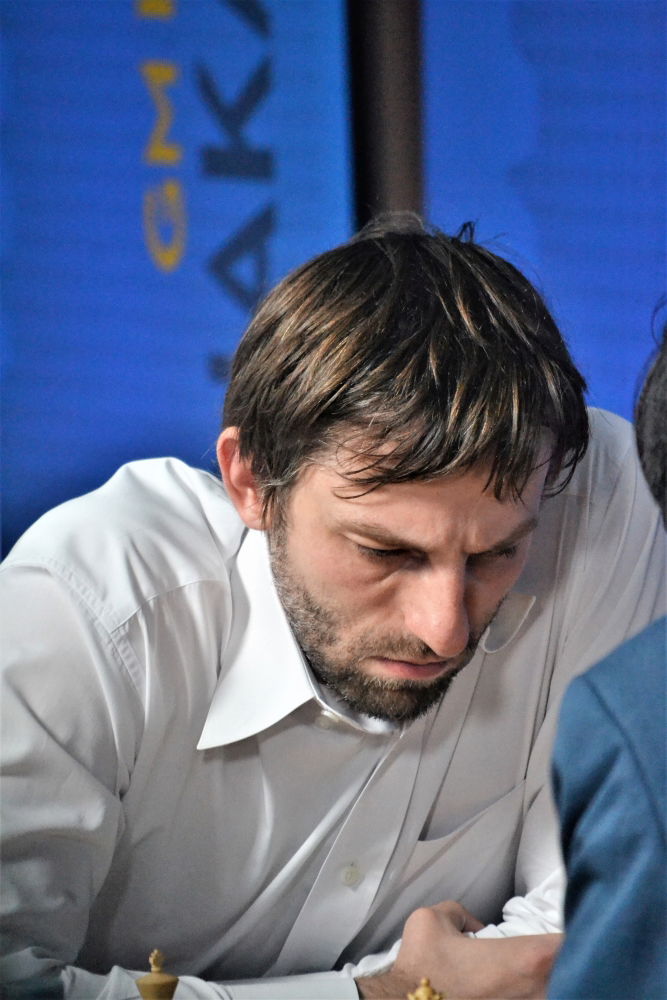
Explaining his thinking which made him choose The Bird, Sasha admitted that he has thought about playing it for a while. “Today was a good opportunity to try it out because I really needed to try to win. For quite some time it was my ‘emergency idea’ ”.
Nakamura and Karjakin decided to delight us next, going for an apparently sharp line which promised a full-fledged fight:
Round 8: Nakamura - Karjakin

The Catalan and the very opening is part of both the players’ repertoire, and it was remarkable that Nakamura went in for this line at the crucial penultimate round, with his seat at the finals of the Grand Chess Tour up for grabs and all…

Round 8: Mamedyarov - Carlsen
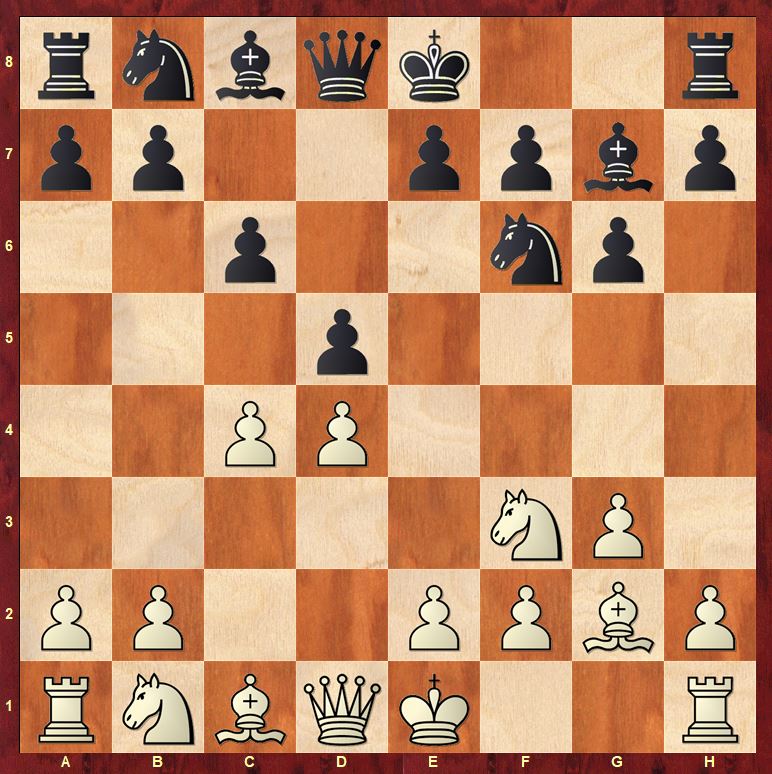
Compared to the previous two games, we do not see any tactical content in the position here, but the interesting aspect was the choice of opening. The world champion has frequently demonstrated his ability to play a vast number of opening system with either colour. Probably surprised by Carlsen’s opening choice, Mamedyarov comes up with a counter-surprise here: 6.Nbd2!? [Previously, Shakh has employed only 6.Qb3 and 6.cxd5 here, which means that he decided to surprise Carlsen, probably after being surprised himself facing the Neo-Grunfeld setup] 6...a5!? An idea of Ivanchuk. Game on!

The remaining two games followed established scripts. Aronian has already expressed us his fascination towards the Berlin defence while defeating Karjakin in the first round with white pieces, and he repeated the dreaded opening with black pieces. And yes, he had turned up in one of his brilliant shirts:
Round 8: Vachier-Lagrave - Aronian
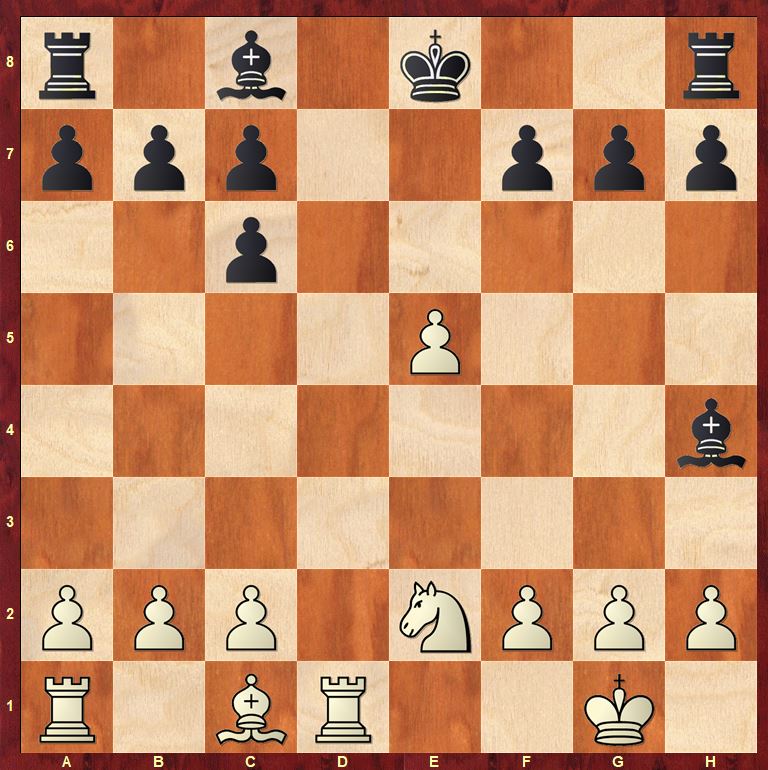
13.Nd4. Novelty. Vachier himself has played 13.Be3 in this position earlier.
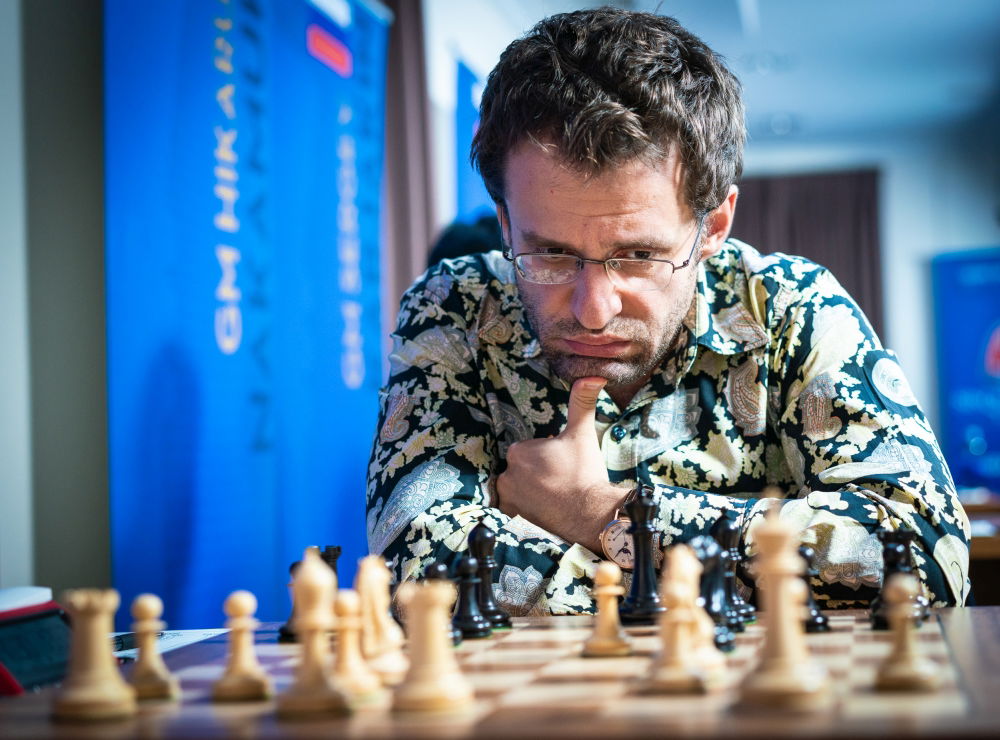
Vishy Anand has employed Queen’s Gambit Declined thrice in this tournament already, and he didn’t see the necessity to change it. In a world where even top GMs shift frequently between openings, doesn’t he feel unsafe feeling sticking to a solid opening? If there is a necessity to play more tactical in a game, doesn’t he feel like having another ‘wall’ behind him?
“You are assuming way too much planning! It’s a luxury if you have four openings, and you can pick and choose (between them) but nowadays it takes so much work to work through all the opening ideas. In most of the (opening systems) you can be (tested from) many many sides - It takes time to work through all the material”.
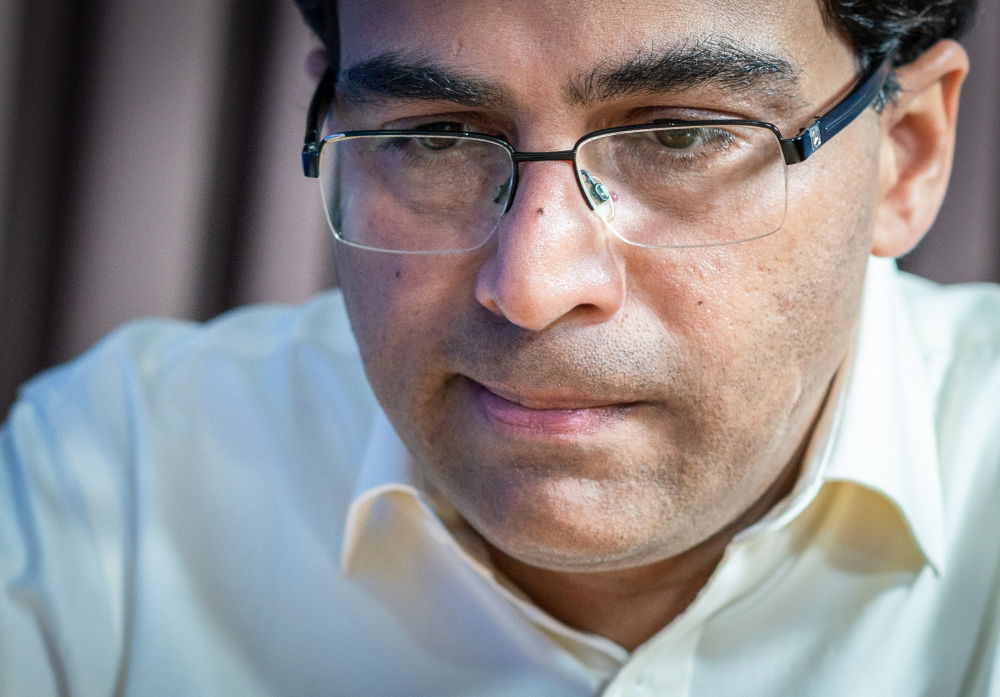
Anand is known for his completeness in preparation. He is ready to repeat the same opening against all the players in the same tournament, which shows thoroughness and confidence in himself, and poses a challenge to his opponents - whatever you come up with, this is what he is going to do! And that’s what he did on Sunday too:
Round 8: Caruana - Anand
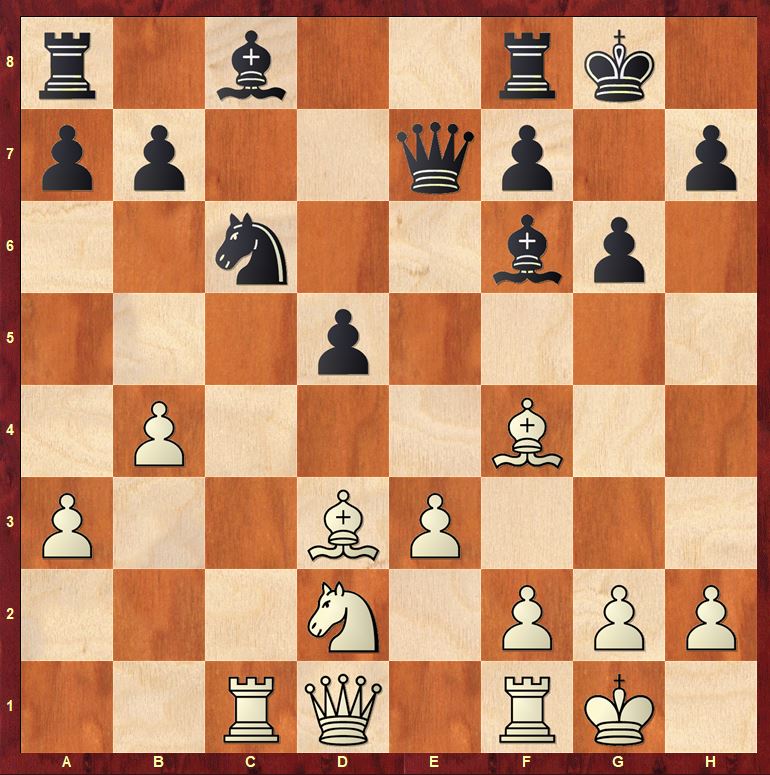
16.Nf3. A Novelty, but hardly any surprise, as the move is perfectly logical. So, a game of principled defence from a QGD was on.
So, on one end of the spectrum, you had Grischuk who has wildly rotated his openings, and another you have Vishy, who has stuck to the QGD with black on principle. Thus, we were ready to witness interesting clashes in all the boards, as per what everyone believed to be their opening philosophy…
Round 8: Nakamura - Karjakin
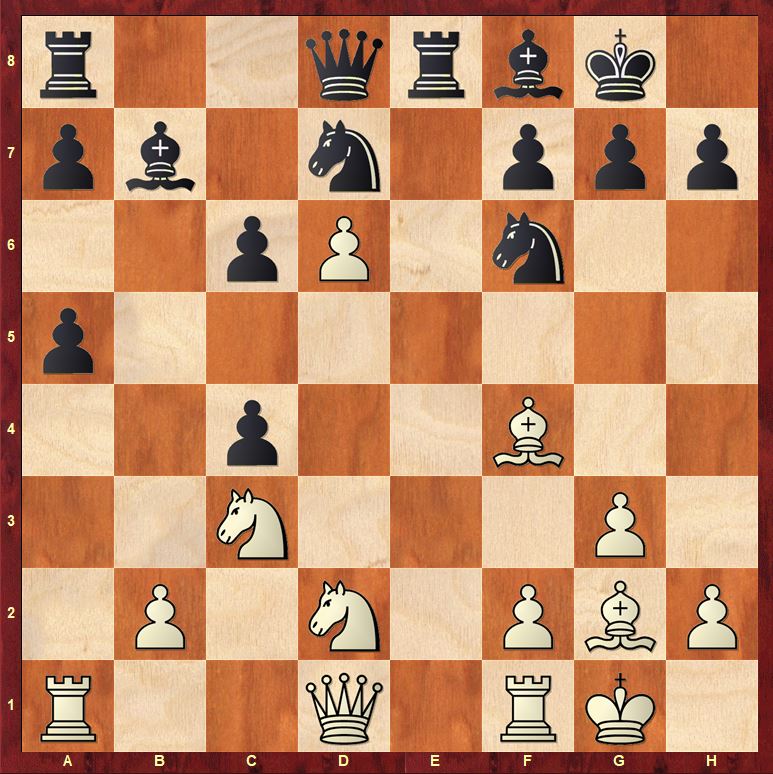
16...Nd5 Novelty! While watching the game, black’s play looked scary, but Karjakin followed confidently, thus showing the depth of his opening preparation… 17.Nxd5 cxd5 18.Nxc4
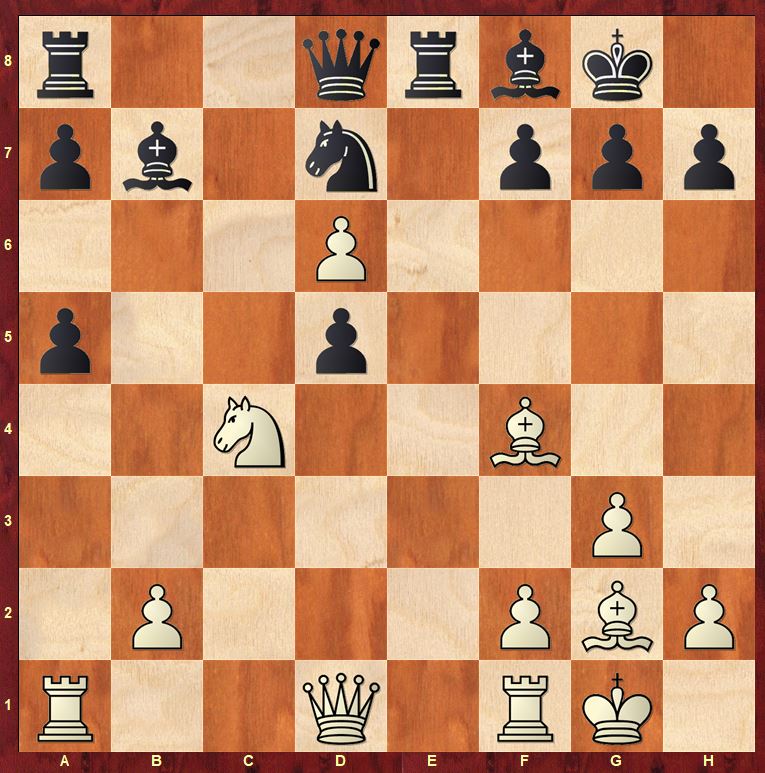
18...dxc4?! [This didn’t look convincing. We were anticipating 18...Nf6 19.Nxa5 Ba6 with complicated play] 19.Bxb7 Rb8 20.Bd5?! [Missing Black’s reply? 20.Bc6 Rb6 21.Qd5 and white’s pieces looked dominating] 20...Ne5 and suddenly Nakamura found himself without any advantage, and the game liquidated into equality quickly.
This game was quite disappointing - after witnessing Nakamura’s spirit in employing such a dynamic system in a crucial round, many were rooting for him here. And a word for his opponent too - it was remarkable that Karjakin decided to go into this line even when he might be having doubts about his own form. Bravo!
Soon, the Berlin practitioners couldn’t make much headway and drew their game too:
Round 8: Vachier-Lagrave - Aronian

True to his proclamation, Aronian does enjoy playing the Berlin, and Vachier confessed that he felt he was a little worse here, as he had overlooked the efficient 19...Kd8!
Still, the game never entered the threshold of danger for either player. Aronian philosophized, "I have to be practical about it and not just sacrifice everything for this tournament, because the main goal is to qualify and win the Grand Chess Tour. I felt it was a good game for me, but unfortunately, with the Berlin, the best version of the Berlin normally leads to a draw”.
For his opponent, there was another consideration - a "perfect" 9 draws in the Sinquefield Cup now would almost guarantee him a place in the Grand Chess Tour final in London. Aha!
Somewhere along the way in erecting his ‘perfect wall’, Anand had got into difficulties:
Round 8: Caruana - Anand
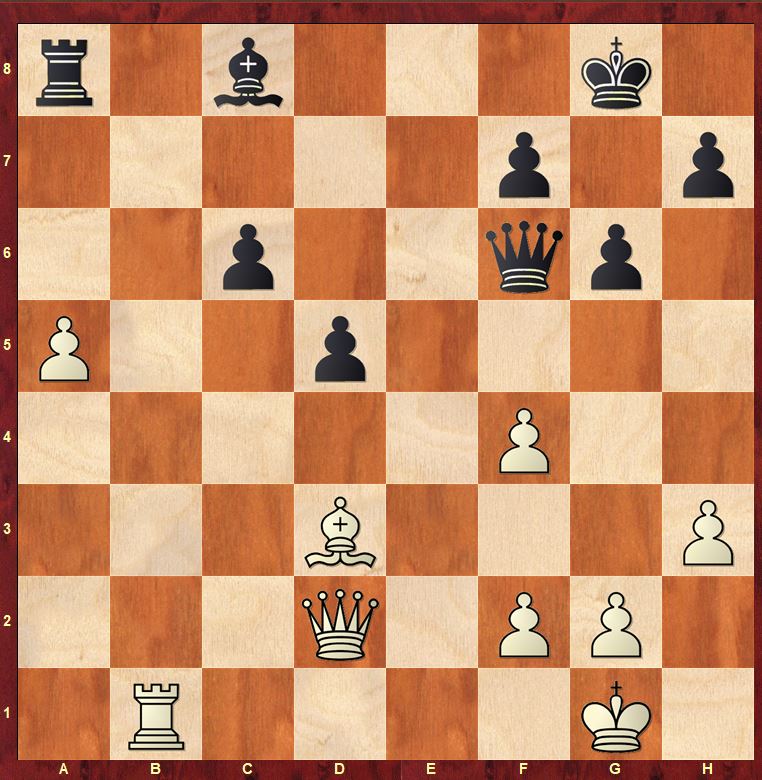
This was the pivotal moment of the game, which could have decided the tournament in favour of Caruana.
He had played steadily to develop a slight advantage when he went wrong with 27.Qb4?! [Here, the engines suggested a clever move 27.Bf1! with the point that 27...Qd8 is now met with 28.Rb6 and white’s pawn on a5 is stable now, unlike in the game] 27...Qd8 28.Ra1 Ba6 29.Bxa6 Rxa6 30.f5 d4 with dynamic equality, and the game ended in a draw soon.
Annotations by Tanmay Srinath

Talking to Chessbase later about this position, Anand had his viewpoint, “Bf1 is the sort of a move which the computer spots, and no one else spots! I felt slightly uncomfortable (out of the opening), but I couldn’t pinpoint a moment. So, my instincts were correct, though I hadn’t specifically seen that line. It wouldn’t surprise me white was better, I need to find out what I did wrong (earlier)”.
How uncomfortable was he? Did he smelt real danger or was it just a feeling that he was slightly worse? “Uncomfortable means uncomfortable! (chuckles). Simply a feeling that the position keeps surprising you, white has more resources... My evaluation was this should be equal but not in a clean way.”
By now, the world champion’s game was highly charged, but it all started nicely for Mamedyarov:
Round 8: Mamedyarov - Carlsen

Carlsen right remarked about the opening phase, “If anybody had anything going, it was definitely him”, for his opponent. In this position, when it looked like white was gaining a nice advantage, Shakh unexpectedly played 16.Bxe4?! [Either 16.Qb5 or 16.f3 would have preserved his small advantage - a ‘side move’ as noted by Mamedyarov ] 16...dxe4 17.Qb5 Rb8 18.Qc4 Bxe5 19.dxe5 Qd3 and Carlsen started getting optimistic about his position.
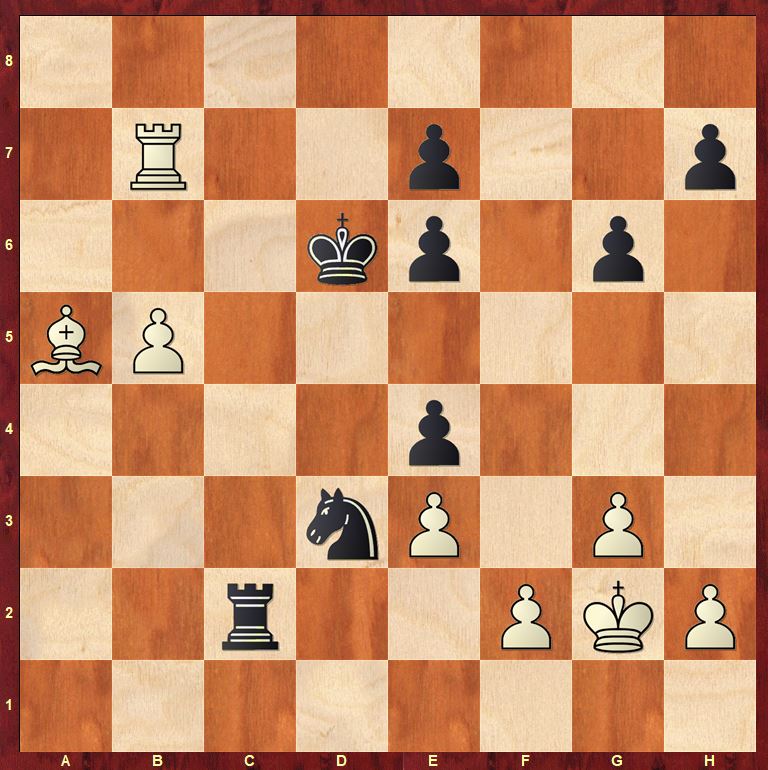
Around here, Carlsen said he really liked his knight, but couldn’t get any mating ideas to work. Mamedyarov creditably held the draw.
By now, what started as an interesting round had trudged off to a snail’s pace, inviting disappointing moans all around:
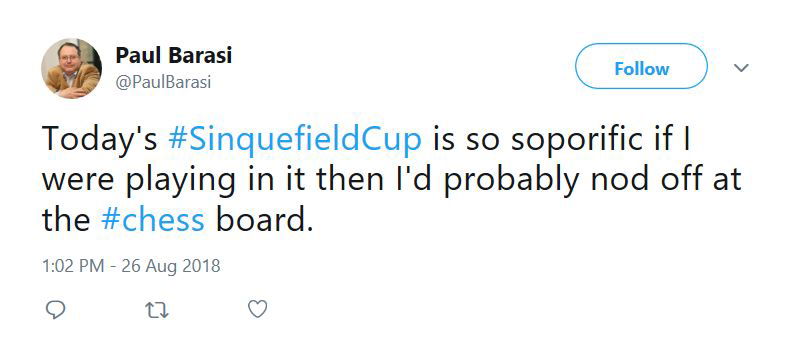
And there was someone else sitting all the way in the Netherlands, smiling at all the draws happening at Saint Louis:

Finally, it again came to the Bird men to show us the best fight of the day:
Round 8: Grischuk - Wesley So
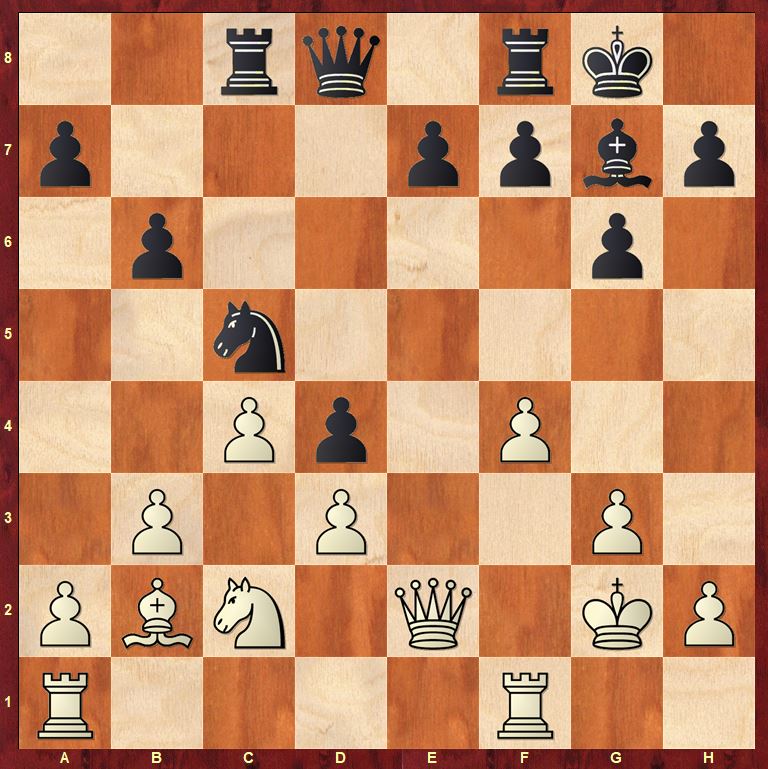
After an originally played opening, the position has reached crossroads, and Grischuk played for a direct assault here: 17.f5?! [Weakens the position. He could have played more pragmatically with 17.Qf3 followed by Ra1-e1 etc] 17...Qd7 18.g4 b5! [White is already in trouble here. You have got to really admire Wesley. After losing the first round, he has bid his time all this while and spiritedly strikes back at the final stages of the tournament]
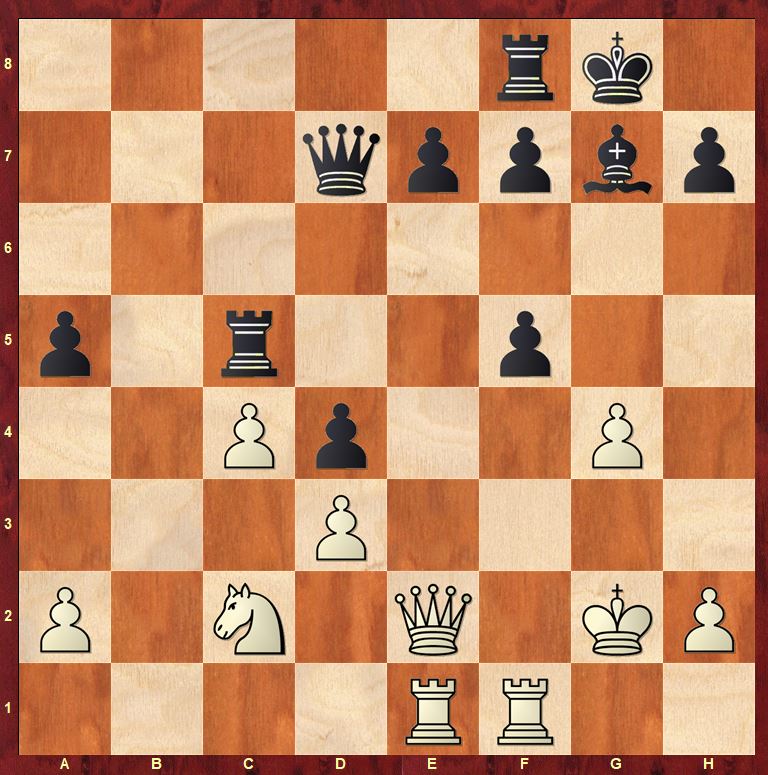
Here, Grischuk blundered a pawn with 23.gxf5? [23.Qxe7 still held a lot of fight in the position] 23...Rxf5 and only now Grischuk realised that he cannot really play 24.Qxe7 because of 24...Qc6+ 25.Qe4 Qg6+ 26.Kh1 Rxf1+ 27.Rxf1 Qxe4 28.dxe4 d3 and black is clearly better.
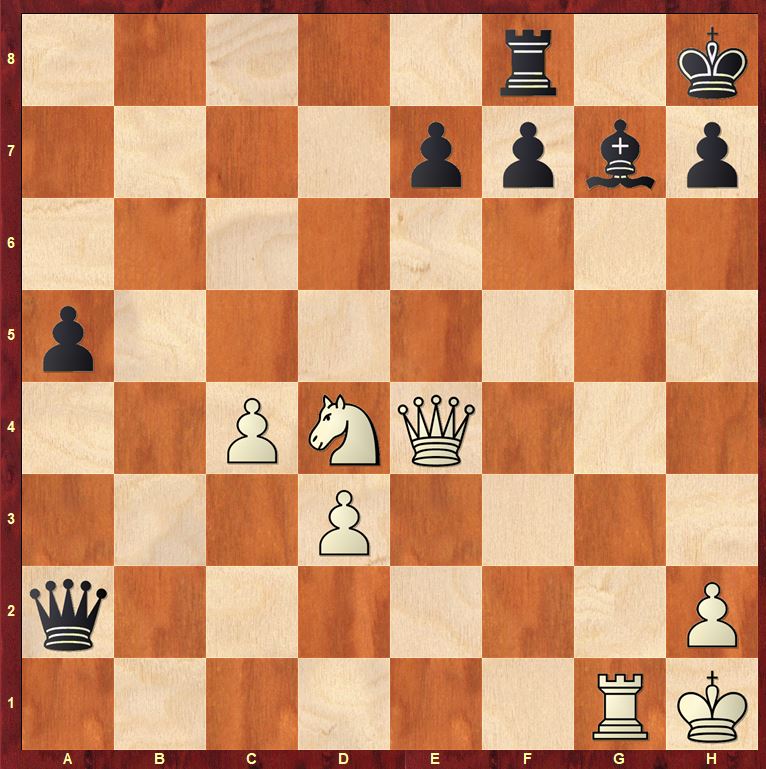
On the threshold of Grischuk’s time pressure, Wesley missed a win here after 30...Qf2 with the point that 31.Nf5 Bf6 32.Nxe7? Bxe7 33.Qxe7 Qf3+ 34.Rg2 Rg8 35.Qe2 Qxg2+ 36.Qxg2 Rxg2 37.Kxg2 Kg8! and black wins the pawn ending! 30...Qb2? 31.Nf5= Be5 32.Rg2 Qc1+ 33.Rg1 with a repetition of moves. Understandably, Wesley was visibly disappointed when he offered the draw.
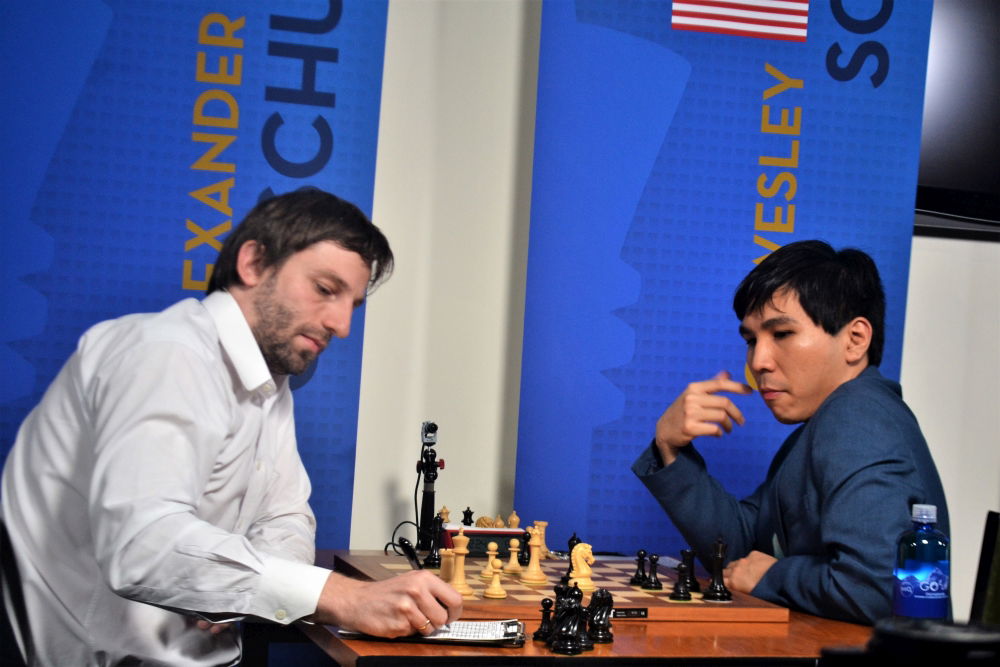
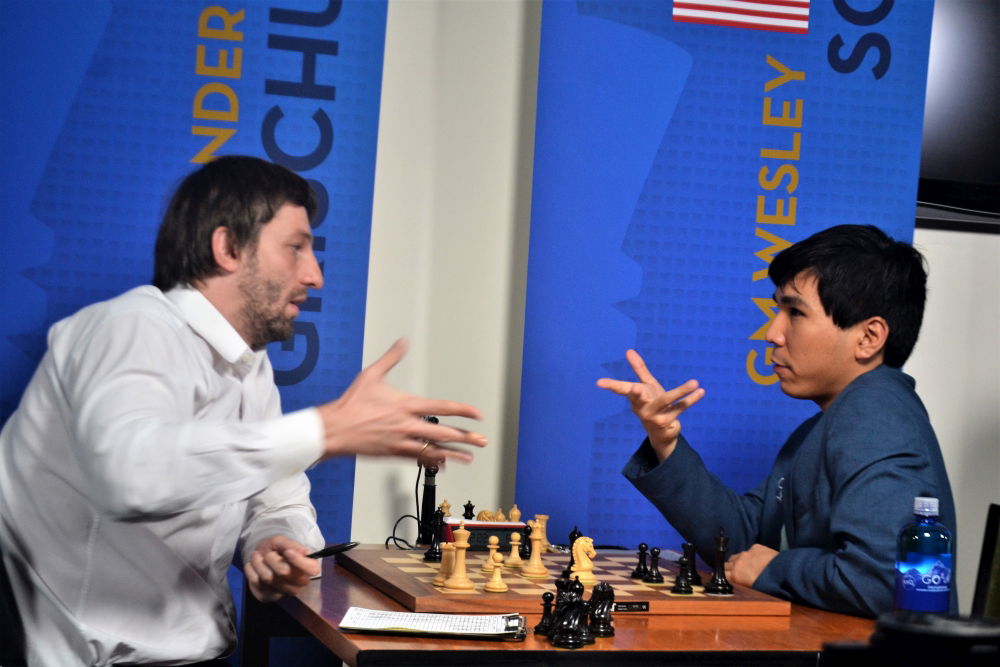
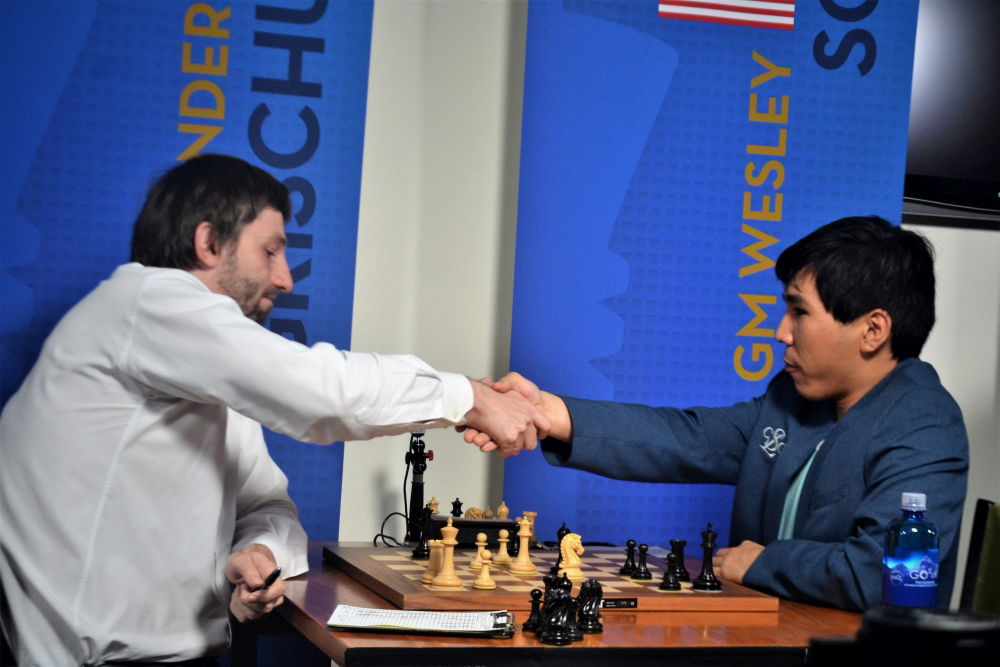
We feel that many in this tournament suffer from fatigue by now, and hence the calculation mistakes and inability to create chances resulting in a high number of draws. Consider this: out of a total of 40 games, only 6 games have ended decisively - 15%. Surely, having the Rapid & Blitz and the Sinquefield Cup one after the other should be the main reason.
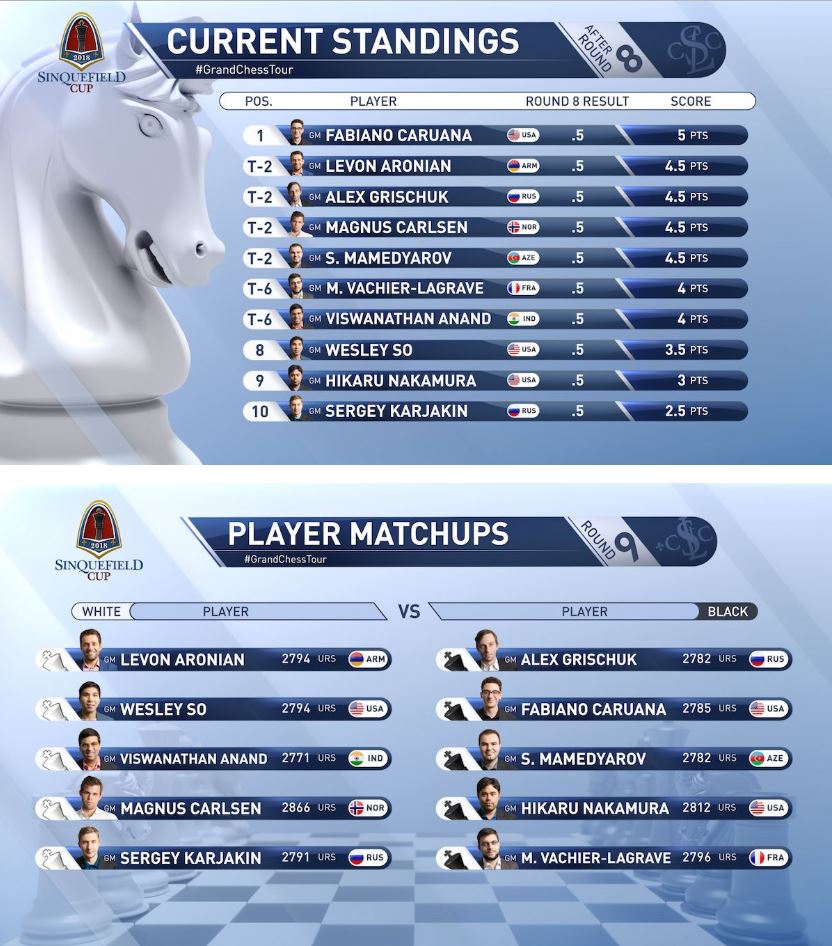
About the Author:

Saravanan Venkatachalam is an International Master and has been an active chess player in the Indian circuit, and has been consistently writing on chess since late 1980s. He turned complete chess professional in 2012, actively playing and being a second and a trainer to a handful of Indian players. He reports on chess tournaments, occasionally being a correspondent to national newspapers and news channels. Apart from chess, he is also interested in Tamil and English literature, music and photography.

Firstpost and ChessBase India have tied up to bring you high quality chess news coverage. You can follow the Firstpost website for daily articles published by Saravanan on the Saint Louis Rapid and Blitz and also Sinquefield Cup 2018.

